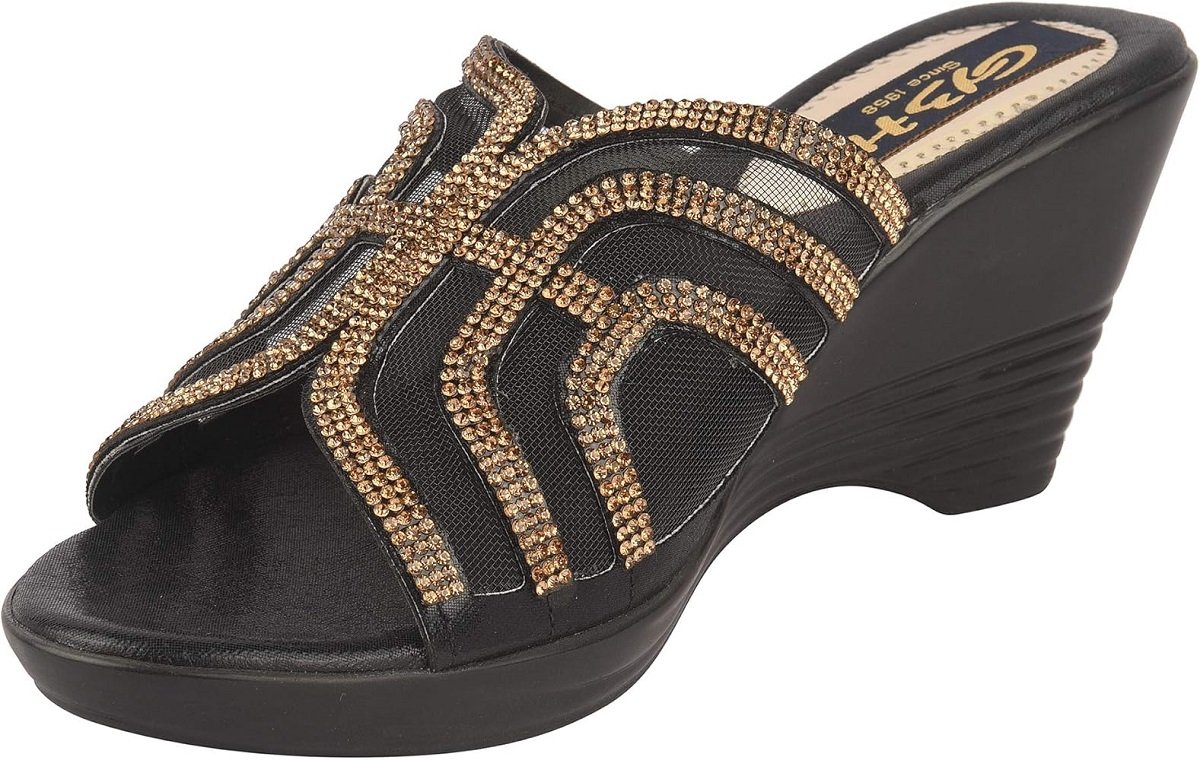In the world of fashion, the design and structure of footwear have evolved over centuries. Among the many innovative heel styles, the Dutch heel stands out for its unique combination of style, comfort, and functionality. Although the term may not be as widely recognized as other heel types, the Dutch heel has a rich history and plays a significant role in traditional and contemporary footwear design. This article explores the Dutch heel’s origins, distinctive features, and why it remains a relevant and versatile choice in the world of shoes.
Origins of the Dutch Heel
The Dutch heel traces its roots back to 17th and 18th-century Europe, specifically in the Netherlands. During this time, shoes were as much a social symbol as a practical item. Heels became a fashionable status symbol for both men and women, but practicality was never entirely lost in the design process. Dutch artisans sought to create heels that not only had a stylistic appeal but also offered comfort and stability, a goal that influenced the design of the Dutch heel.
This focus on both aesthetics and function likely came from the fact that Dutch society had a large working class, many of whom needed durable and comfortable footwear for daily life. Traditional clogs, which featured thick soles and simple construction, influenced the development of more refined footwear with added height and elegance in the form of a moderate heel. Thus, the Dutch heel came into being as a more practical yet fashionable alternative to the higher, more extravagant heels found in other European countries at the time.
Distinctive Features of the Dutch Heel
What makes the Dutch heel distinct from other types of heels? This heel typically features a slightly flared base that tapers towards the back, providing a broad surface area at the bottom that offers better balance and less strain on the foot. The height of a Dutch heel is generally moderate, often around one to two inches, making it ideal for both casual and more formal settings.
Another hallmark of the Dutch heel is its integration into the overall design of the shoe, creating a seamless, cohesive look. While many high-fashion heels can appear as separate or even precarious additions to the shoe, the Dutch heel often flows naturally with the sole, providing a well-balanced structure that complements both modern and traditional shoe designs.
Comfort and Versatility
One of the primary reasons for the enduring popularity of the Dutch heel is its comfort. Unlike taller, narrower heels, which can cause foot strain and imbalance, the Dutch heel distributes the body’s weight more evenly across the foot. The broader base provides better stability, making it a favored choice for individuals who need to spend extended periods standing or walking.
This practical design is also versatile. Dutch heels can be found in various types of shoes, from casual clogs and boots to more formal leather shoes. This versatility has made them a staple in wardrobes for both men and women. While women’s shoes are more commonly associated with heels in general, men’s footwear also incorporates the Dutch heel in more subtle ways, particularly in dress shoes and boots.
Fashion and the Dutch Heel Today
In contemporary fashion, the Dutch heel remains an understated yet important design element. While it may not dominate fashion runways in the same way as towering stilettos or eccentric platforms, its practical appeal ensures that it maintains a presence in everyday footwear. Many designers incorporate Dutch-style heels in collections that emphasize wearable, day-to-day shoes that balance style and comfort. Additionally, with a growing trend towards more sustainable and ergonomic fashion, the Dutch heel’s reputation for long-lasting comfort aligns with modern consumers’ desire for practical yet stylish shoes.
The recent resurgence of vintage and retro styles in fashion has also contributed to renewed interest in the Dutch heel. The nostalgic appeal of classic, comfortable footwear has encouraged many to return to designs that were popular in earlier decades, where form and function were closely aligned. The Dutch heel fits into this movement perfectly, providing a link between tradition and modernity in footwear design.
The Dutch Heel in Popular Culture
Although the Dutch heel may not be as well-known in mainstream media, it has found a place in certain cultural niches. Traditional Dutch folk costumes often include wooden clogs with low heels, and while these are a far cry from modern Dutch heels, they share the same emphasis on practicality and comfort. In addition, certain designers have drawn inspiration from Dutch historical and cultural fashion, incorporating Dutch-style heels into contemporary footwear designs.
Conclusion
The Dutch heel is a testament to the idea that fashion can be both practical and stylish. With a rich history rooted in European craftsmanship, this modest yet impactful heel has stood the test of time, offering wearers a unique blend of comfort, stability, and elegance. Whether in traditional boots or modern shoes, the Dutch heel remains a valuable design choice for those who prioritize both style and functionality in their footwear. As fashion continues to evolve, the enduring appeal of the Dutch heel ensures it will remain a staple in both casual and formal wardrobes for years to come.
